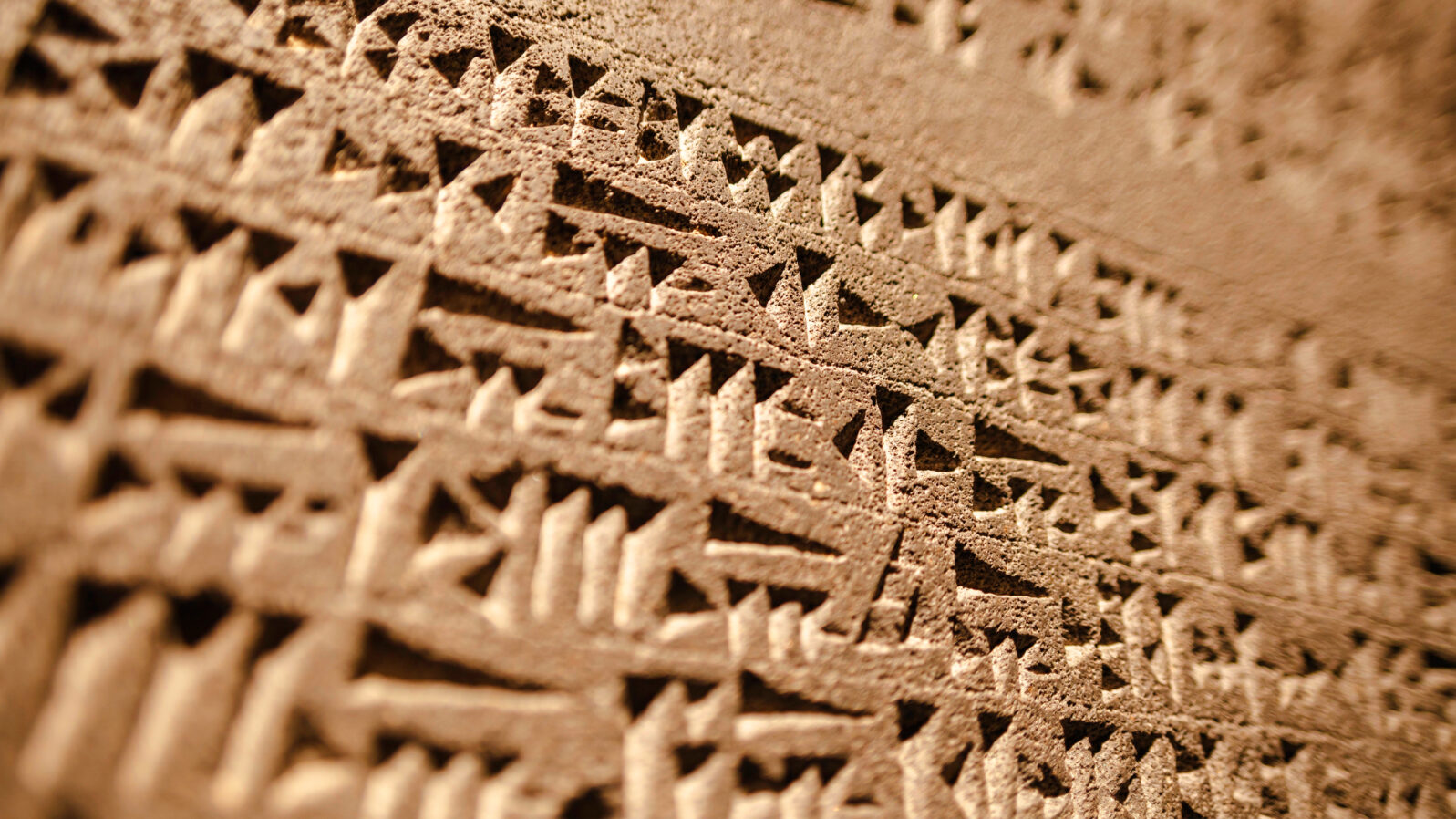Can AI Open Doors to Ancient Human History?
It’s not a time machine, to be sure, but it may help bring the past to life by motoring through dull, time-consuming translation tasksThere are more than half a million records from the Middle East, dating from as early as six thousand years ago. Many are written in Akkadian on clay tablets lying around in various houses of learning around the globe. Only a small fraction of these cuneiform documents have been translated to date. That’s because only a few hundred people worldwide know how to decipher them. Each tablet takes a long time and only some turn out to have important information.
Because Akkadian was a lingua franca in ancient cultures in that region, many translated documents are shopping lists, deeds, invoices, etc. Of course, if a large number of these documents are translated, we can learn a lot about day to day life in those times. But some documents have told us more dramatic stories of complex civilizations:
One of the first known authors was Enheduanna, a princess, priestess and poet who lived around 4300 years ago. She wrote many hymns and the myth of Inanna and Ebih, which recounts a conflict between a goddess and a mountain. The most famous text of all is the Epic of Gilgamesh, about a king’s quest for eternal life, and includes a section that appears to be a precursor to the biblical story of the flood.
Alison George, “How the secrets of ancient cuneiform texts are being revealed by AI,” New Scientist, 3 August 2022
And some translated tablets upend what we think we know. A 2017 find was a translation of Plimpton 322, a tablet from 3700 years ago. It showed that the Babylonians were using trigonometry at the time. They, not the Greeks, turn out to be the earliest known civilization to do so.
Motoring through masses of documents is a problem well suited to automation. After all, scholars know what needs to be done; they just don’t have the time. A new AI translation process developed in Israel can translate ancient Akkadian — which flourished for millennia but died out 2000 years ago — into English instantaneously. The machine translations vary in quality but they are fast and they provide a basis for continuing work:
Predictably, the AI had a higher level of accuracy for formulaic texts, such as royal decrees or divinations, which follow a certain pattern. More literary and poetic texts, such as letters from priests or treaties, had a higher incidence of “hallucinations,” an AI term meaning that the machine produced a result that is completely unrelated to the text provided.
Melanie Lidman, “Groundbreaking AI project translates 5,000-year-old cuneiform at push of a button,” Times of Israel, 17 June 2023
Fortunately, clay tablets don’t decay easily but other preservation problems dog the field. Many of the tablets were found as fragments and are still scattered in pieces in scholarly venues around the world. The Electronic Babylonian Literature project is trying to use AI to reassemble the library of the great king Ashurbanipal (668–627 BCE) at Nineveh. It was “the first systematically organized library in Mesopotamia and the ancient Middle East.” (Britannica)
Only a tiny fraction of all the literature produced over thousands of years has survived. Automating the job of getting a handle on what we still have could produce some valuable new insights into the ancient world. Without a time machine, it’s our only hope.
Note: Many papyrus (reed paper) records have also been found in Egypt, the oldest from 4600 years ago. Of special interest is the Rhind Mathematical Papyrus, from roughly 1650 BCE. It is an ancient Egyptian math text, offering problems to solve.
Yes, they had math texts back then too. But we might not have been so sure of that if the papyrus had not survived.
You may also wish to read:
Can AI help us decipher lost languages? That depends mainly on the reasons we haven’t yet deciphered ancient texts. AI can speed up translation of ancient documents where only a few scholars know the language. Whether it can help with mysterious unknown languages like Minoan A is another question.
and
How much can new AI tell us about ancient times? An ambitious new project hopes to use the predictive text that cell phones use to unlock their stories. Researchers face conundrums when using neural networks to figure out what people in the ancient past were thinking.
